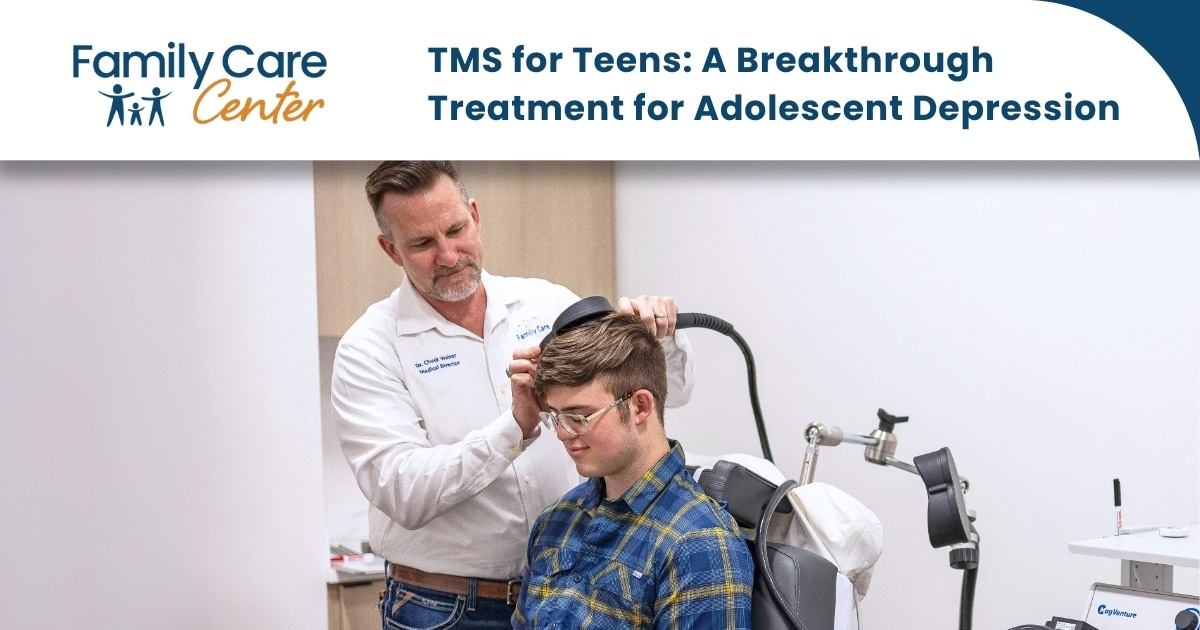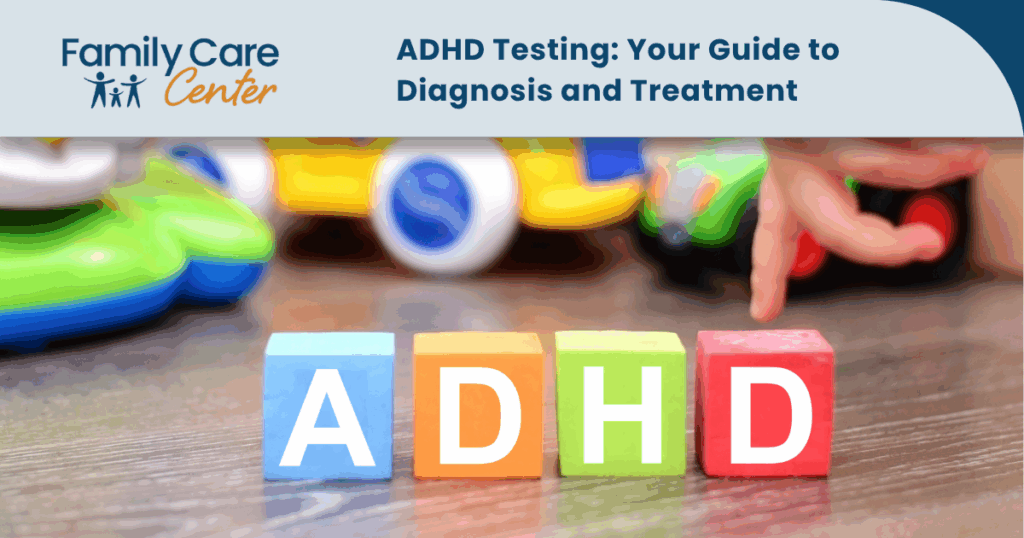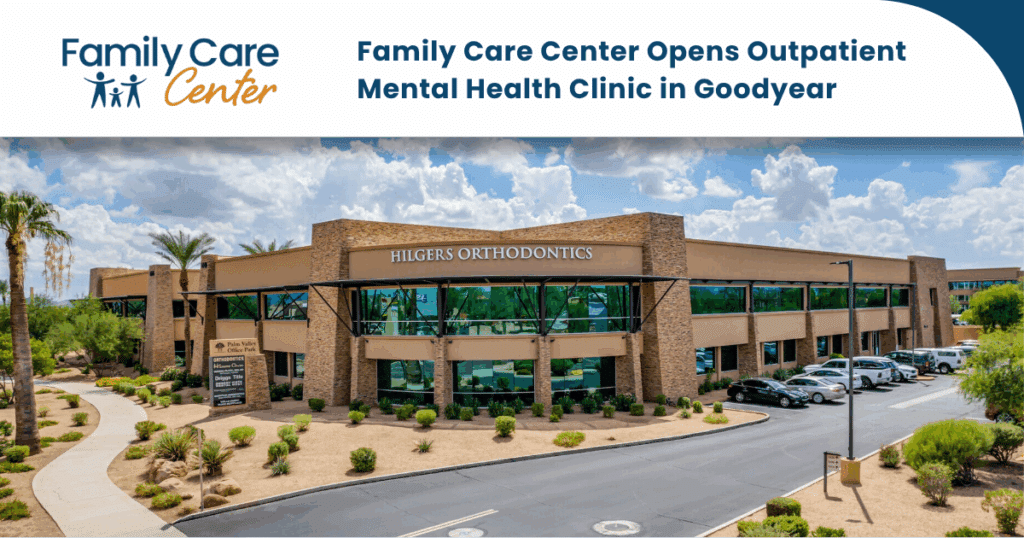Adolescence is a critical time for emotional and mental development. During this period, a variety of factors influence mental well-being, including family dynamics, peer relationships, school environments, and community support. Positive connections with others promote resilience, while struggles such as bullying, social media, perceived isolation, or family conflict can contribute to mental health challenges.
Depression, in particular, poses significant challenges during adolescence with Major Depressive Disorder (MDD) affecting up to five million U.S. teens aged 12-17. Alarmingly, research shows that 30–50% of these adolescents do not respond well to traditional treatments, which can result in long-term consequences.
Given the impact adolescent depression can have on academic performance, social relationships, and overall well-being, finding effective and accessible treatment options is essential.
The FDA Approval of TMS for Adolescents
The FDA recently approved TMS as a treatment for MDD in adolescents aged 15-21, expanding its previous approval for individuals 18 and older. This provides a promising option for teens who have not responded to antidepressants or psychotherapy alone.
While TMS has shown great promise, it is most effective when used alongside other treatments, including talk therapy and appropriate use of medication. Selective serotonin reuptake inhibitors (SSRIs) are typically the first-line treatment for pediatric depression and anxiety. For teens with treatment-resistant depression, TMS can serve as an additional therapy to enhance the effectiveness of their ongoing medication and therapy regimen.
How TMS Works
TMS is a non-invasive treatment that uses magnetic stimulation to target specific areas of the brain. It primarily focuses on the left dorsolateral prefrontal cortex (DLPFC), which plays a crucial role in the regulation of mood and behavior in depression.
Typically, a full course of TMS involves 30 sessions, administered five days per week over a six-week period. Each session lasts around 20-40 minutes, depending on the patient’s needs.
A thorough assessment is conducted, including TMS mapping, to personalize the treatment. Mapping determines the ideal intensity, frequency, and placement of the magnetic pulses for each individual. Once mapping is complete, patients begin their scheduled sessions.
During sessions, electromagnetic coils are positioned on the scalp, delivering targeted magnetic pulses to stimulate the brain and help “reset” the neural activity linked to depression. The non-invasive nature of TMS means that patients can undergo treatment without significant disruption to their daily lives, making it a convenient option for teens who continue their usual activities, like school, athletics and social engagements, while undergoing TMS.
Diagnosis and Assessments for TMS
Before beginning TMS, health care providers typically use validated screening tools like the Patient Health Questionnaire-Adolescent (PHQ-A). This questionnaire is specifically designed to assess the depth of depression in adolescents, capturing critical aspects such as specific suicidal ideation and planning that may not be addressed by the standard depression questionnaire for adults. By using the adolescent specific screening tool, clinicians can more accurately assess the severity of depression and determine whether TMS is appropriate.
Benefits of TMS for Adolescents
TMS offers several key advantages for teens, especially for those who struggle with the side effects of medication or have difficulty adhering to treatment regimens:
- Non-Invasive: TMS doesn’t require surgery or systemic medications, making it a less intimidating option for teens and is strictly an outpatient procedure.
- Minimal Side Effects: Most teens experience only mild discomfort during or immediately after the initial treatment(s), which typically resolves quickly and does not interfere with daily life.
- Outpatient Convenience: Teens can continue their daily routines, including school and extracurricular activities, without significant disruption, making it easier to stay engaged socially and academically.
- Improved Emotional Regulation: By enhancing brain function, TMS helps adolescents better manage mood swings, reduce impulsivity, and improve decision-making skills.
- Long-Term Benefits: Unlike some treatments that offer only short-term relief, TMS has been shown to produce lasting improvements in mental health and overall quality of life for many patients.
- Improved Quality of Life: Since anxiety disorders frequently co-occur with depression in adolescence, targeted TMS treatment can improve overall well-being by addressing both conditions simultaneously.
Efficacy of TMS for Teens
Over the past few years, increasing evidence has supported the use of TMS to treat depression and anxiety in adolescents. In March 2024, the FDA granted clearance for repetitive TMS (rTMS) as an adjunctive treatment for teens with depression. This approval was based on a large study of more than a thousand adolescents with depression.
- In this study, 59% of patients who completed at least 20 TMS sessions showed significant improvement in their symptoms, and 36% achieved remission. Many patients that achieve remission can reduce their medications.
- Additionally, a strong correlation was found between reductions in depression and anxiety symptoms, emphasizing the broader therapeutic impact of TMS.
Other studies have also confirmed the effectiveness of TMS for treating depression in adolescents (Qiu et al., Zhang et al., 2019).
Pilot data from Family Care Center’s recent adolescent study using a sequential bilateral TMS protocol found that patients showed meaningful progress after an average of 29 treatment sessions. While most medications take four to six weeks to be effective, more than half of patients responded positively to this six-week TMS course, with many experiencing significant symptom relief.
- Depression Symptoms: 64% of patients showed significant improvement in their depression symptoms, meaning their scores dropped by at least half. 57% saw their symptoms improve so much that they were considered in remission (very minimal or no symptoms). On average, depression scores dropped by 57%.
- Anxiety Symptoms: Of the patients who also took an anxiety test, 44% saw their anxiety scores cut in half, and 33% had their symptoms improve enough to be considered in remission. On average, anxiety scores dropped by 32%.
The results reflect similar data where the same sequential bilateral (SBL) protocol was applied to adults and improvements were observed for both depression (Segal, Weber, et al. 2023) and anxiety (Segal, Weber, et al. 2024). Family Care Center plans to conduct additional TMS studies on adolescents with much larger sample sizes.
Learn more about our research and outcomes at the TMS Center of Excellence.
Integrating TMS into a Comprehensive Treatment Plan
A multi-faceted approach is often key to effectively treating adolescent depression, combining therapies that address both the mind and body. Integrating treatments like TMS into a comprehensive care plan can lead to improved outcomes for teens struggling with depression.
Recent clinical outcomes at Family Care Center demonstrate the importance of this multi-modal approach. Among patients receiving a combination of therapy, medication, and TMS, 95% saw a significant reduction in depressive symptoms within six months. This underscores the value of combining TMS with other treatments to address the complex nature of adolescent depression.
Empowering Teens and Families through Informed Decisions
By shedding light on the efficacy of TMS and its role in treating depression, this approach offers hope and guidance for teens and families facing mental health challenges. As awareness expands and more options become available, adolescent mental well-being stands to improve, paving the way for healthier individuals and stronger family support systems.
Ultimately, understanding TMS empowers teens and their families to seek appropriate care, make informed decisions, and build resilience in the face of mental health struggles.
References
Croarkin PE, Aaronson ST, Carpenter LL, et al. Real-world effectiveness of TMS in adolescents and young adults with major depressive disorder. Transcranial Magnetic Stimulation 2024;1:100028.
Qiu H, Liang K, Lu, L. Efficacy and safety of repetitive transcranial magnetic stimulation in children and adolescents with depression: a systematic review and preliminary meta-analysis. Journal of Affective Disorders 2023;320:305-312.
Segal, S., Weber, C., & McNiece, S. (2024). Clinical outcomes in adolescents undergoing sequential bilateral 1 Hz/20 Hz transcranial magnetic stimulation for treatment-resistant depression. Brain Stimulation, 17(2).
Dwyer, J. B., & Bloch, M. H. (2019). Antidepressants for Pediatric Patients. Current Psychiatry, 18(9), 26. https://pmc.ncbi.nlm.nih.gov/articles/PMC6738970/
Written and reviewed by Dr. Chuck Weber, Founder and Chief Medical Officer of Family Care Center and Dr. Sabrina Segal, Director of Research at Family Care Center.





